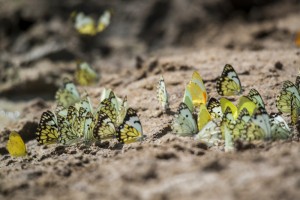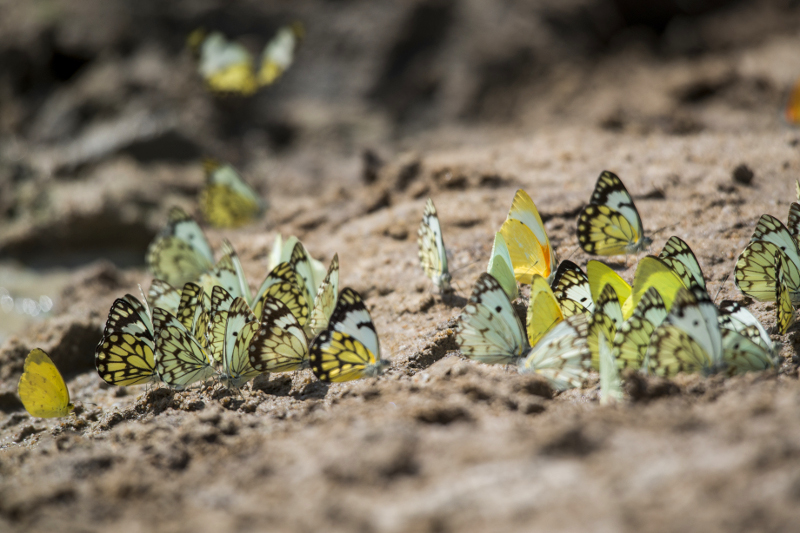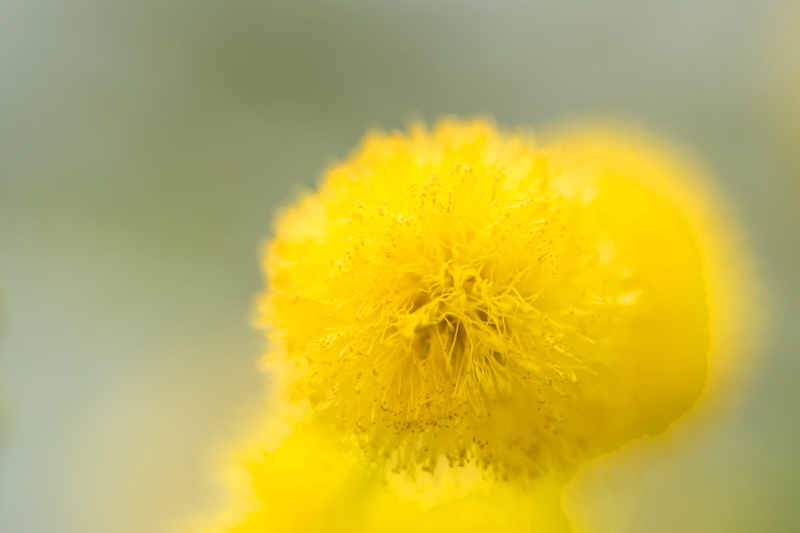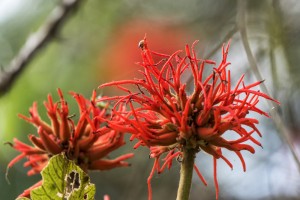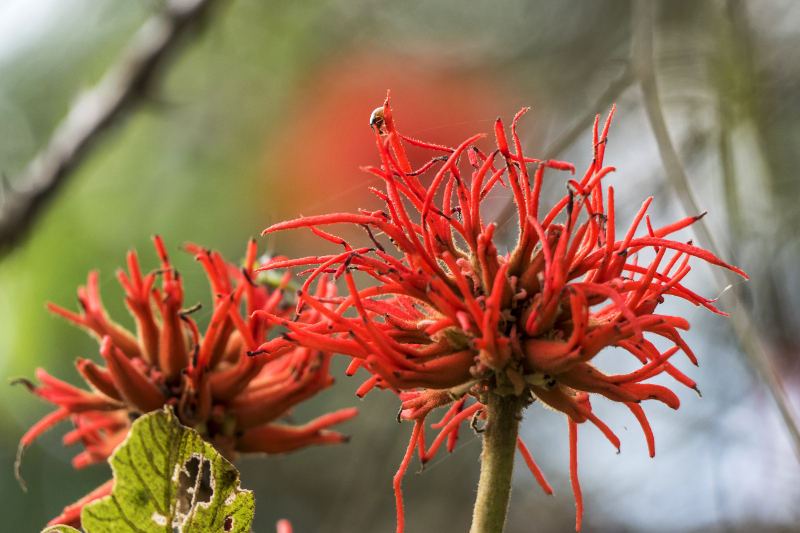MEDICAL INFORMATION
Ralph:
Suni and I have both lived in East Africa for over fifteen years and have two boys born in 2002 and 2004. Over the last 15 years no one in our family has had malaria. Prior to that I have had malaria five times in Kenya, Botswana, Congo and Tanzania, but as long as you treat malaria fast I would rather have malaria than a cold. With the right treatment which is available everywhere in Uganda you usually feel absolutely fine after 2 to 3 days, but if treatment is delayed malaria can be very dangerous and even fatal.
But as you can see from our family history over the past 15 years it is quite easy to avoid getting malaria if one knows a few facts. There are a total of 3,000 different anopheles mosquito species but only 2 of them in Africa transmit the malaria parasite. Both these species are specialists in biting human beings and only bite between 11:00 pm and 5:00 am. Most mosquitos that bite in the afternoon or the early evening are absolutely harmless and no different to midges in Europe. In all our time at Mihingo we have not had any feedback of guests getting malaria with us.
Another important point is that malaria can only be transmitted by mosquitoes if there are people in the area that have malaria. A female mosquito will have to bite someone with malaria and then the next generation of mosquitos will pass on the parasite. This means if an area does not have any people with malaria there can’t be any mosquitos passing on the disease.
It is important also to note that mosquitos do not travel more than 1.5 km so if there is no major settlement or village in the area it is very unlikely to get malaria. We also encourage all our staff to sleep under mosquito nets to make sure no malaria is spread by staff bringing it back from their villages on their days off.
Two anopheles species that transmit malaria mainly bite around the ankles as this is where they are most unlikely to be killed, so if you wear long trousers in the evenings this greatly reduces the risk of malaria.
The most important thing is to sleep under a mosquito net at night. There are many areas in Uganda that don’t have malaria especially if the altitude is high. Above 2,000 metres the risk of catching malaria is extremely low.
The only cases I have heard of any European dying of malaria is when they go back to Europe and don’t get treated in time. We therefore recommend that you buy a full Artemisia based treatment (Artenam, Coartem and others) which costs about USD 10 and take it back with you to Europe. They can be bought in any decent pharmacy in Uganda. If you have ‘flu’- like symptoms and a high temperature, it is best to take the treatment as it hardly has any side effects. Malaria normally has an incubation period of between 7 and 10 days.
I want to make it very clear that it is of course possible to get malaria when coming to Uganda, but it is very unlikely. Back-packers staying up late at night and wearing shorts in crowded areas like Jinja or Kampala are more likely to get it. But even if you get it there is nothing to worry about as long as you receive treatment within 24 hours or better still within 12 hours. The reason many people still die of malaria is because they do not receive any treatment at all or far too late after several days or even after a week or longer. It is mainly untreated children who fall victim to this very avoidable and treatable disease.
Yellow Fever is the only vaccination that is really required. Other recommended vaccinations are also normally recommended in Europe like polio, hepatitis A and B, tetanus and rabies.
It is totally unnecessary to take any cholera vaccination as it hardly works and this is a very curable disease and extremely unlikely to get as a tourist.
As our British local doctor says the most likely thing to get in Uganda is a cold as long as you keep your pants on. HIV is obviously far more common than in Europe but it is also very easy to prevent.
I hope this information helps.
WHAT TO BRING
- Binoculars
- Torch
- Camera
- Rechargeable batteries
- Pocket knife (you never know, just in case and if there is a bottle opener attached, it could be helpful with the sundowner)
- Mosquito repellent
- Sun Lotion
- Medicine: Pain killers, Anti histamines, Imodium (our food is safe, but there are other reasons your stomach can bother you)
- Long trousers for cool nights and walking safaris
- Closed shoes or hiking shoes for walking safaris or horse riding
- Long socks for walking safaris (sometimes helpful to tuck in your trousers to avoid safari ants climbing up your legs)
- Fleece for cold nights
- Bathing suit (to enjoy our nice pool)
- Sunglasses
- Hat (very important for walking safaris)
- Rain jacket (especially in rainy season)
- Passport, credit cards, USD-Dollar, travel documents, vaccination certificate
- Books (e-reader)
- Pens (very necessary to fill out your Visa documents and if you have some spare ones, the school kids will be very happy if you donate some, but don’t just give them to the children on the side of the road otherwise they might start begging for gifts)
Download Useful-Info-What-to-bring.pdf
USEFUL LINKS
Africa Geographic
http://africageographic.com
UWA – Uganda Wildlife Authority
http://www.ugandawildlife.org
Banana Boat
http://www.bananaboat.co.ug/home.php
Paper Craft
http://www.papercraftafrica.com
Rwenzori Art Centre
http://rwenzorifounders.com
Sami Fayed Photography
http://www.samifayed.de
Schedule and Charter Flights in Uganda
http://www.aerolinkuganda.com/

